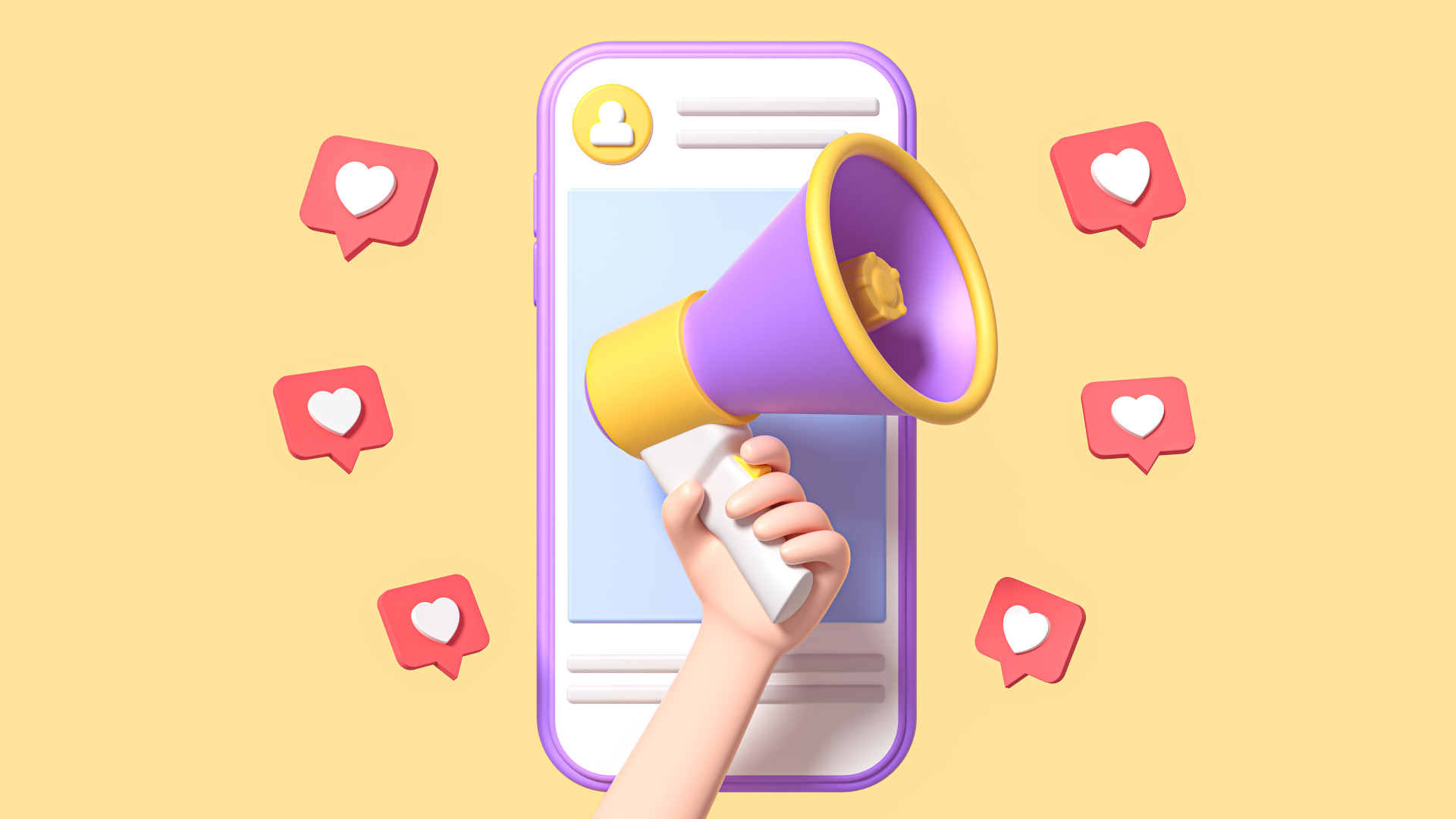Apple explains exactly how it'll alert you when you've been hacked
We might sometimes get it wrong, admits Apple

Apple has shared details of how it intends to alert iPhone users when it believes they're being targeted by state-sponsored attackers.
According to a new Apple support document, the notifications will be delivered via email and iMessage notifications to the addresses and phone numbers associated with the affected users' Apple IDs.
The notifications will identify themselves as a “Threat Notification,” and will also include steps users can take to protect their smartphones.
We're looking at how our readers use VPNs with streaming sites like Netflix so we can improve our content and offer better advice. This survey won't take more than 60 seconds of your time, and we'd hugely appreciate if you'd share your experiences with us.
“Unlike traditional cybercriminals, state-sponsored attackers apply exceptional resources to target a very small number of specific individuals and their devices, which makes these attacks much harder to detect and prevent,” explains Apple in its support document.
Owing to the sophisticated nature of the attacks, and the often imperfect means of their detection, Apple acknowledged that some attacks might fly under the radar. In the same vein, it also acknowledged that some of its notifications might be false alarms.
State-sponsored snooping
The development is noteworthy as it comes on the heels of news that Apple has sued the NSO Group, identifying it as a state-sponsored attacker that used the Pegasus spyware in targeted attacks, after circumventing iPhone security mechanisms.
The company has gone to the extent of contributing $10 million, as well as all the damages awarded from the lawsuit, to supporting organizations involved in the advocacy and research of cyber-surveillance abuses, including those of state-sponsored actors.
Are you a pro? Subscribe to our newsletter
Sign up to the TechRadar Pro newsletter to get all the top news, opinion, features and guidance your business needs to succeed!
In addition to sharing details about the threat notification scheme, Apple used the opportunity to list a handful of steps to help users secure their devices.
These include the often cited best practices, such as keeping the phones updated, using two-factor authentication (2FA), installing apps only from the App Store, and such.
Build a digital moat around your network using one of these best firewall apps and services, and protect your computers against all kinds of cyber-attacks with these best endpoint protection tools
With almost two decades of writing and reporting on Linux, Mayank Sharma would like everyone to think he’s TechRadar Pro’s expert on the topic. Of course, he’s just as interested in other computing topics, particularly cybersecurity, cloud, containers, and coding.
